Mariane B. Neiva
Exploring ordered patterns in the adjacency matrix for improving machine learning on complex networks
Jan 20, 2023

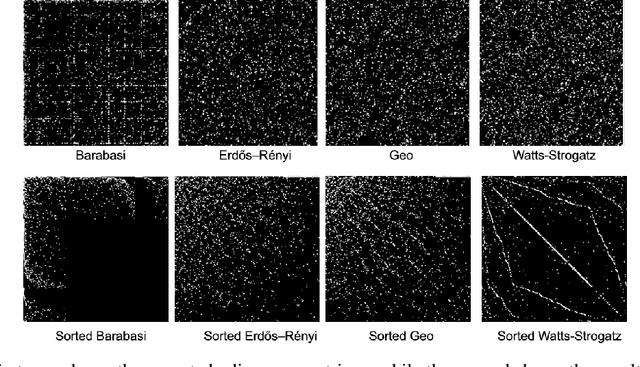

Abstract:The use of complex networks as a modern approach to understanding the world and its dynamics is well-established in literature. The adjacency matrix, which provides a one-to-one representation of a complex network, can also yield several metrics of the graph. However, it is not always clear that this representation is unique, as the permutation of lines and rows in the matrix can represent the same graph. To address this issue, the proposed methodology employs a sorting algorithm to rearrange the elements of the adjacency matrix of a complex graph in a specific order. The resulting sorted adjacency matrix is then used as input for feature extraction and machine learning algorithms to classify the networks. The results indicate that the proposed methodology outperforms previous literature results on synthetic and real-world data.
Improving LBP and its variants using anisotropic diffusion
Mar 13, 2017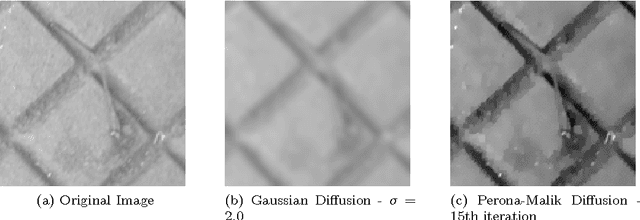
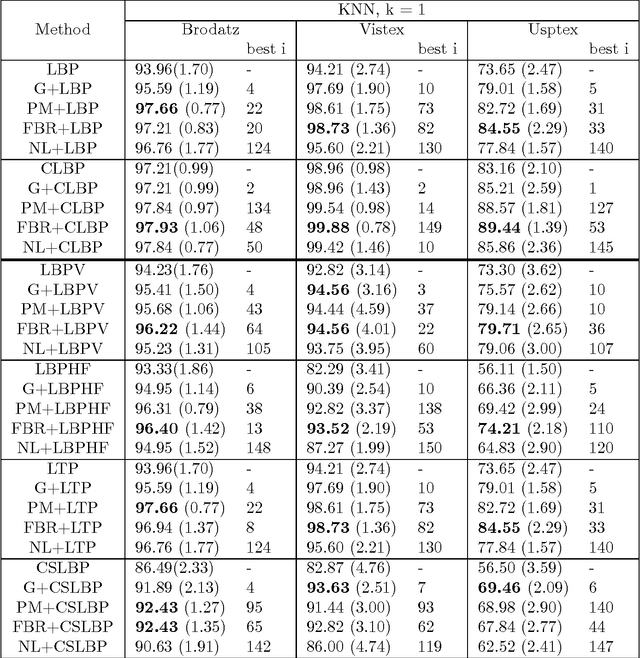
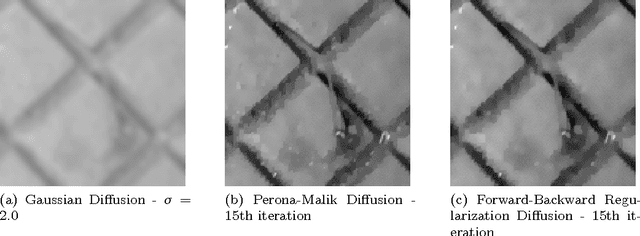
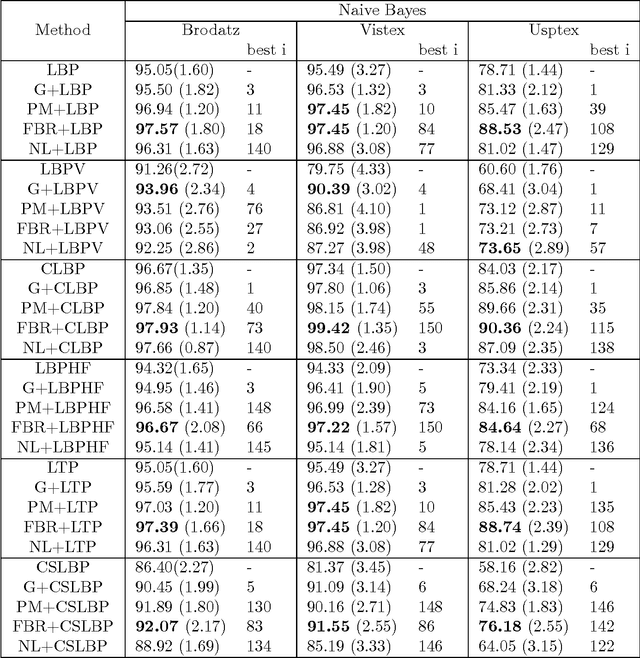
Abstract:The main purpose of this paper is to propose a new preprocessing step in order to improve local feature descriptors and texture classification. Preprocessing is implemented by using transformations which help highlight salient features that play a significant role in texture recognition. We evaluate and compare four different competing methods: three different anisotropic diffusion methods including the classical anisotropic Perona-Malik diffusion and two subsequent regularizations of it and the application of a Gaussian kernel, which is the classical multiscale approach in texture analysis. The combination of the transformed images and the original ones are analyzed. The results show that the use of the preprocessing step does lead to improved texture recognition.
 Add to Chrome
Add to Chrome Add to Firefox
Add to Firefox Add to Edge
Add to Edge